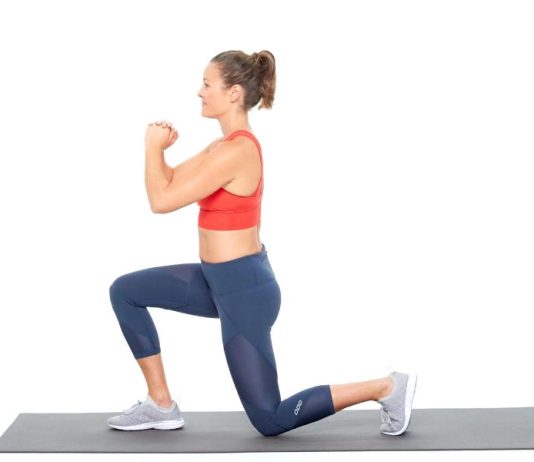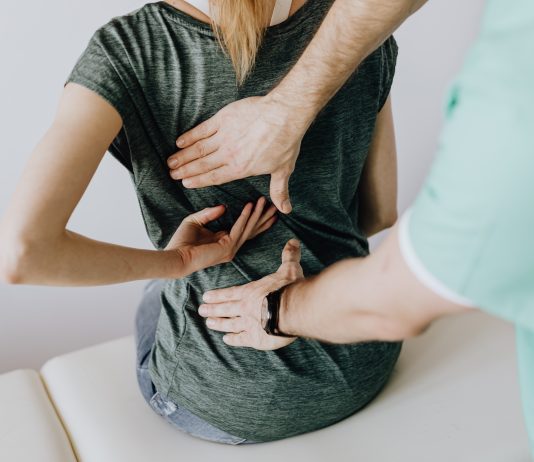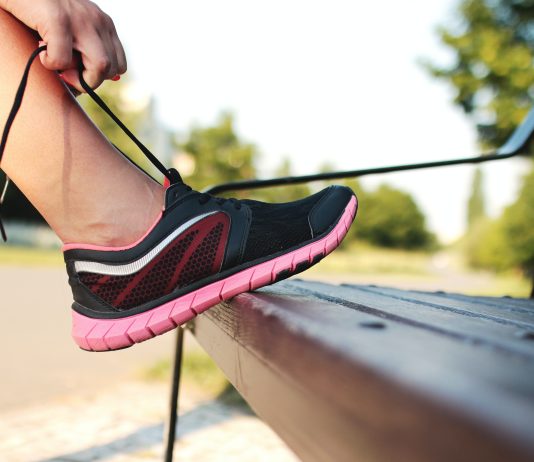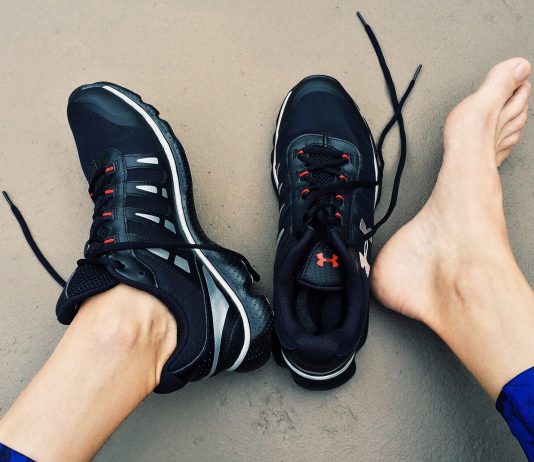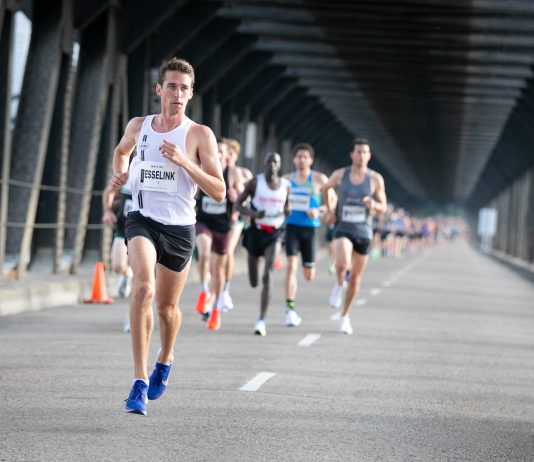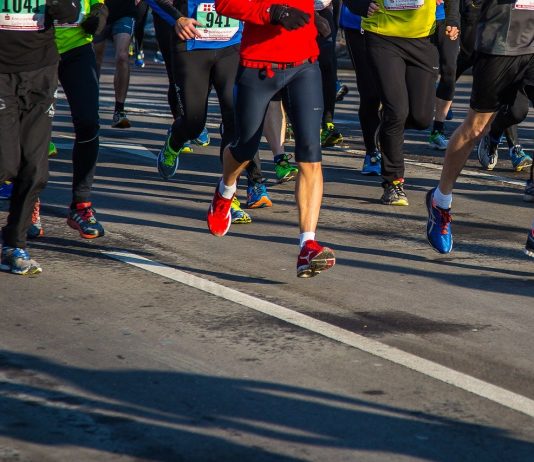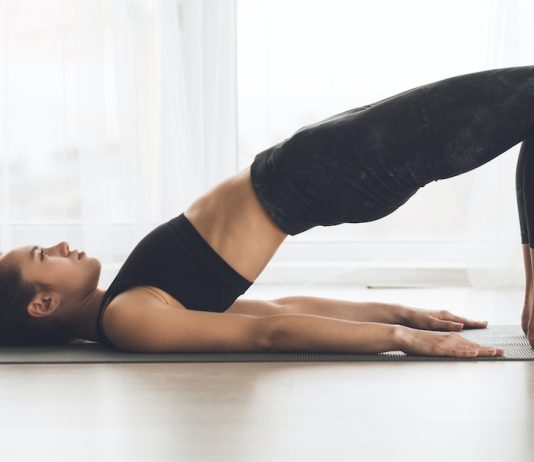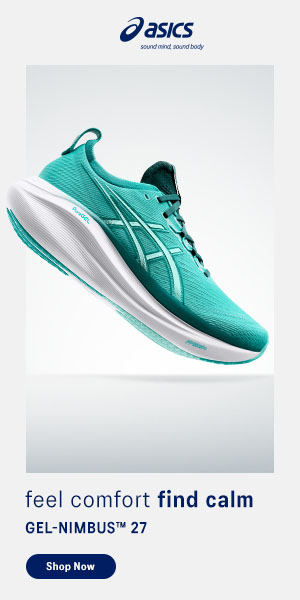Gone are the days when pre-workout warm-ups consisted of long, static stretches, evoking memories of '90s kids clad in school colors performing awkward hurdler poses before their coach-mandated mile jog. Exercise science has revolutionized the way we prepare our bodies for physical activity, introducing a game-changing approach: the dynamic...
Living with chronic pain can be an incredibly challenging and debilitating experience, affecting both physical and emotional well-being. The lower back, also known as the lumbar region, is a common source of discomfort for many individuals and often leads to missed workdays. Surprisingly, lower back pain ranks among the most prevalent causes of absenteeism in the United States.
The familiar refrain that "running will spell trouble for your knees" has likely crossed the ears of many a runner. These words of caution often lead runners to ponder the effect of their cherished sport on their knee joints, raising questions about whether it's time to trade in their running shoes for a biking helmet. However, it's imperative to distinguish fact from fiction and delve into the scientific veracity of these claims.
Stress fractures materialize when weakened bones buckle under excessive weight or repetitive strain. This condition often arises due to an imbalance in bone health, where the body's natural bone-rebuilding process struggles to keep pace with the demands imposed upon it. Fear not, for there are practical measures you can implement to safeguard against stress fractures, ensuring the strength and durability of your bones for years to come.
Recent studies have shown that running shoes may actually be doing us more harm than good. A new review has suggested that wearing shoes changes the way we run, weakening the foot and increasing the likelihood of sports injuries. In fact, between 35 and 50% of runners are injured at any one time, with the most common injuries being to the knees, shins, ankles, and feet.
Compression garments have surged in popularity over the past decades, especially among runners. While many athletes swear by their effectiveness, the scientific community has sought to uncover the truth. In a recent comprehensive analysis of 183 studies, researchers have provided valuable insights, suggesting that while compression gear may not live up to all claims, it carries minimal risks.
Achilles tendonitis refers to a condition where the tendon experiences chronic stress injury due to the accumulation of minor stresses that eventually cause damage. This ailment typically arises when there is an increase in the frequency or intensity of physical exercise, and various factors like inflexibility or overpronation can exacerbate it.
The world of running, exhilarating and health-boosting as it may be, is not devoid of lurking risks. Whether you're a seasoned marathoner or just stepping onto the running path, the specter of injuries can rear its head. Comprehending the underlying factors fueling these injuries is critical for both foresight and recuperation. Three fundamental culprits often stand out as the driving forces behind running-related injuries: stress, muscular imbalances, and overuse.
Understanding the complexities of muscle cramps during exercise requires delving into the mechanisms behind neuromuscular control. Dr. Martin Schwellnus's theory on "Altered Neuromuscular Control" underscores the intricate balance of signals that govern muscle contractions. This imbalance leads to the overstimulation of muscles, resulting in cramps—a notion gaining significant traction among researchers.
Running enthusiasts are frequently advised to strengthen their glutes, particularly if they are injured. But how do glute bridges work and what precisely do the glutes perform when we run? Elevate your running game with Tarkine Trail Devil, where every step is a testament to exceptional performance and unmatched...


